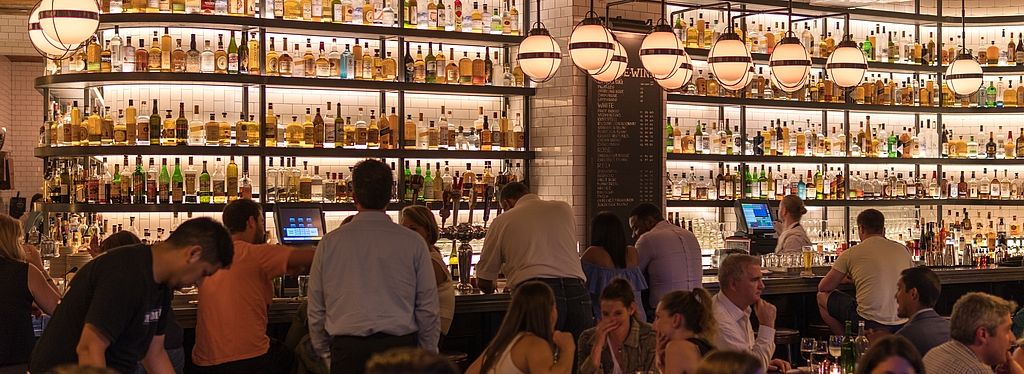In the big cities, restaurant brands dominate the city centers. A small-scale, ethnically diverse gastronomy thrives in the city neighbourhoods, which is popular and accepted especially by families. City dwellers have discovered their districts. And what about the countryside? Here, the death of inns continues. The lack of supply and variety is leading to virtual restaurants without guest rooms, digitally connected to offer guests selections, brands and trendy food.
According to DEHOGA, this is now clearly noticeable in some regions: In the district of Black Forrest-Baar, about 130 inns, guesthouses and hotels closed between 2008 and 2016 - a drop of 16 percent. In the area of Zollernalb, 93 businesses had to shut down – a decrease of 15 percent. The sad record is held by the county Main-Tauber. Here, 120 businesses have given up - a decrease of almost a quarter.
But things are also happening in the cities. Corona initially brought urban life and gastronomy to a standstill. The home became a protective living space. Home cooking was rediscovered and digital gastro events such as tastings, cooking classes via streaming or video took hold. Online communication and distribution into the private kitchen or living room will remain, even if the importance will be reduced in the course of the revival of the analog gastro experience.
In general, hygiene, ventilation, and patios will stay relevant as safety factors. Outdoor is the new lifestyle. Instead of indoors, guests prefer to spend time outdoors. This means new processes and changed architecture for restaurateurs - in the city and in the countryside.

